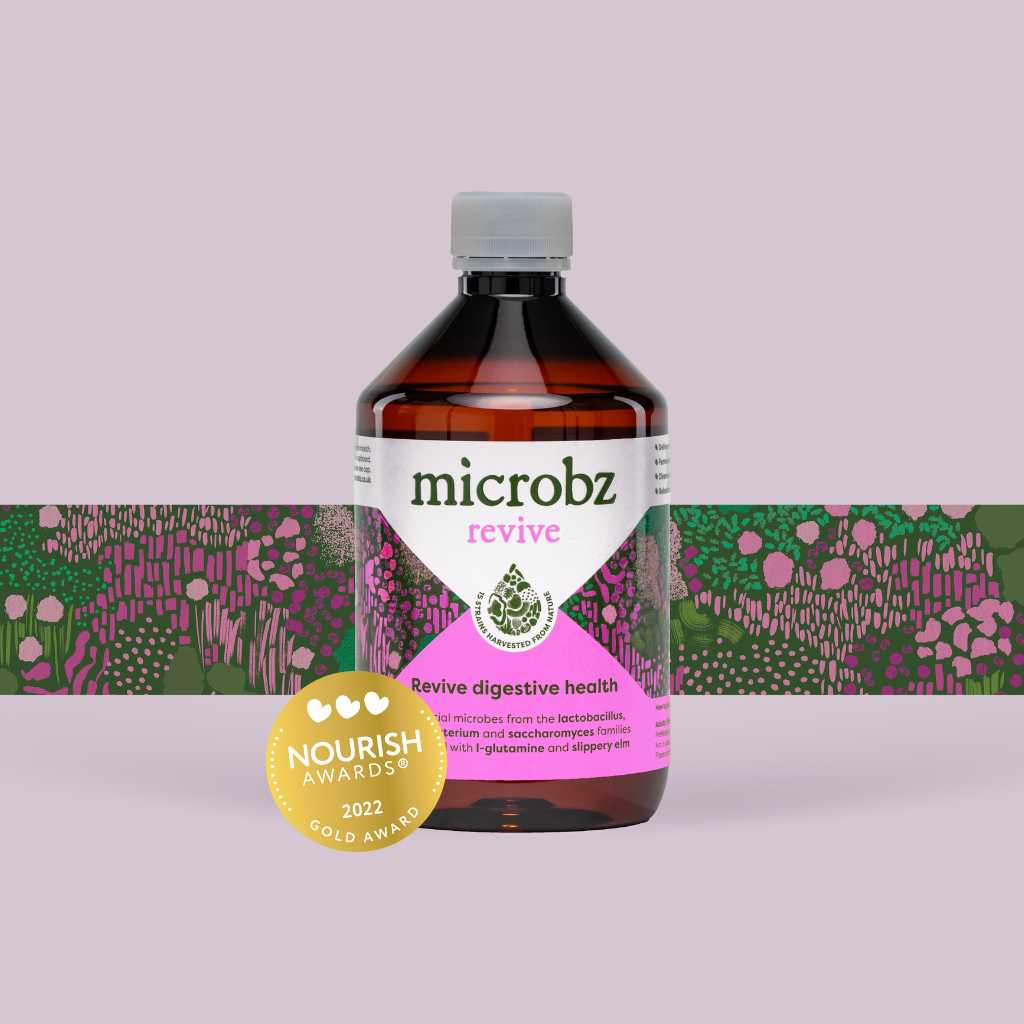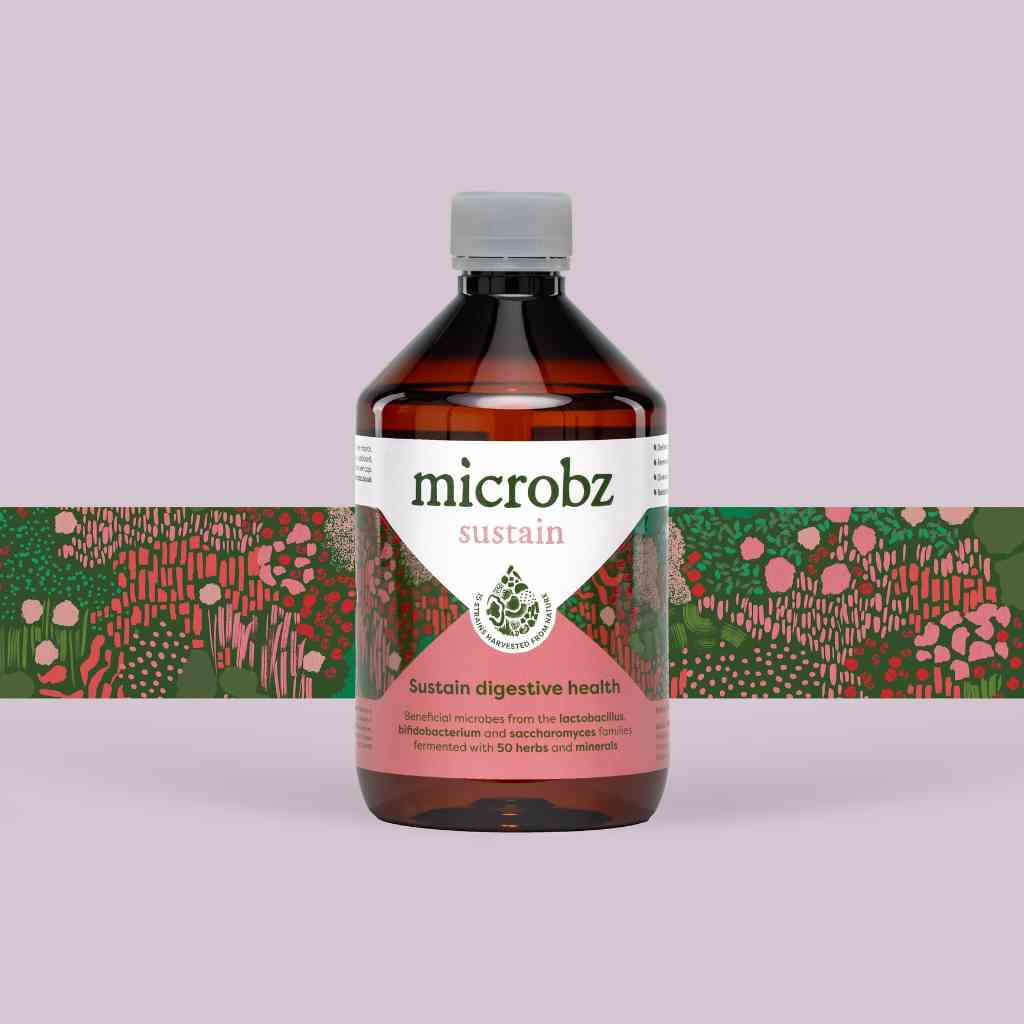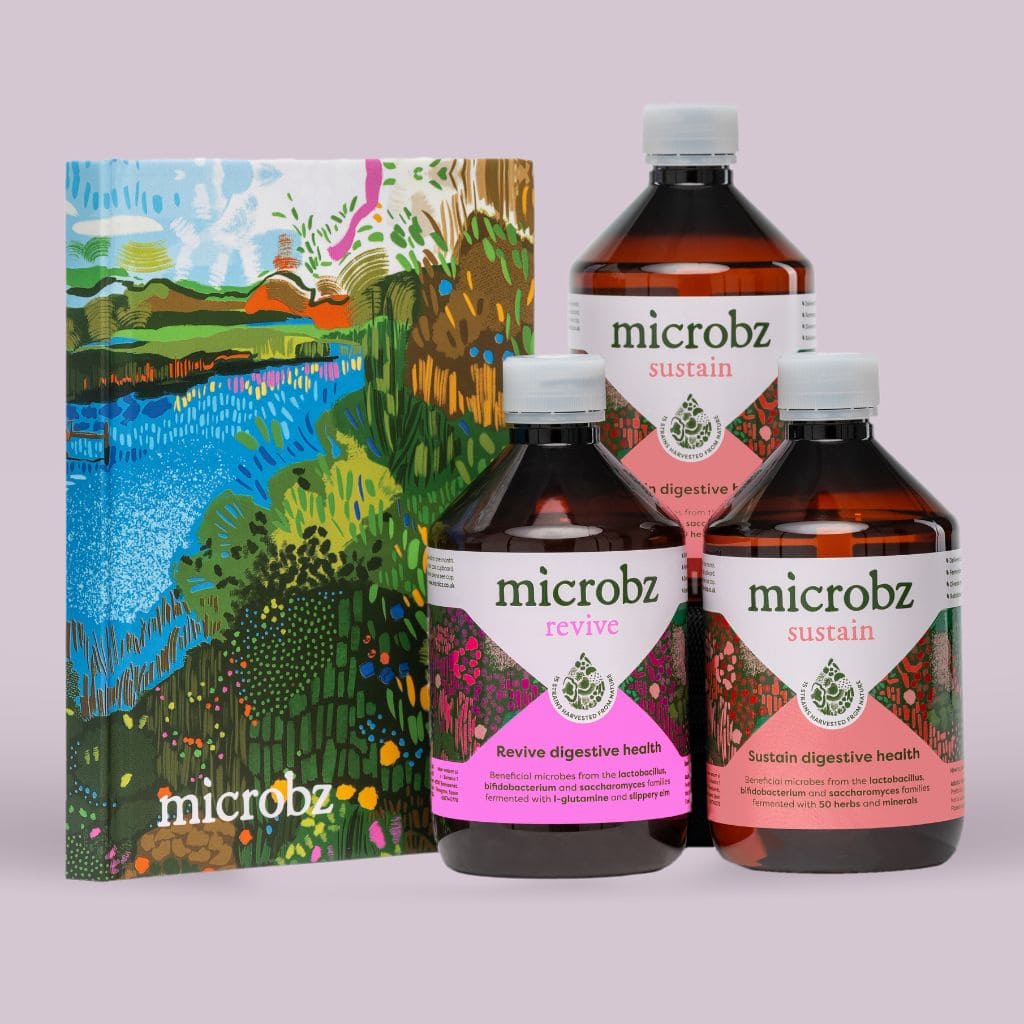History
Parts used:
Root
Constituents (bio available chemicals):
Anthraquinones 3-4% including emodin, chrysaphenol and nepodin. Tannins, volatile oil and resins.
Nutritional constituents:
Vitamins: A and C. Minerals: iron, manganese and nickel.
Indications:
Constipation, jaundice, psoriasis, chronic skin conditions, arthritis and anaemia. Externally: gingivitis (mouthwash), laryngitis (gargle), slow healing ulcers and wounds.
Dosage:
Liquid extract (1:2): 15-30ml per week. Decoction of dried root: 2-4g 3 x daily.
British Herbal Pharmacopoeia
skin conditions, especially psoriasis with constipation.
Cautions for therapeutic doses
Avoid during pregnancy and lactation.




